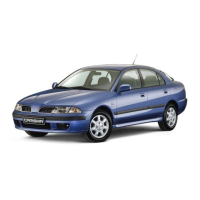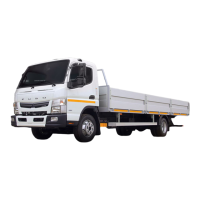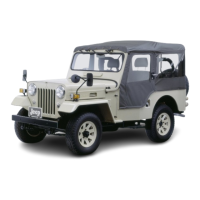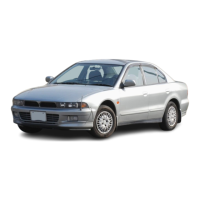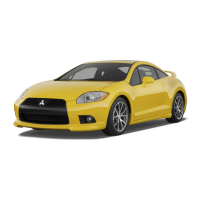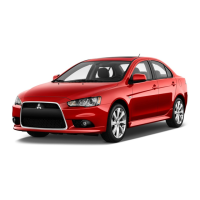4. After the engine coolant temperature has drop-
ped to the normal temperature, stop the engine.
5. Check the coolant level in the reserve tank.
Except for vehicles with turbocharger
The coolant level in this tank should be kept
between the “LOW” and “FULL” marks.
Vehicles with turbocharger
The reserve tank lid is equipped with a dip-
stick.
Remove the dipstick and wipe it with a clean
cloth. Reinsert the dipstick as far as it goes.
Remove the dipstick and read the coolant lev-
el, which should always be within the range
“F” (FULL) or “L” (LOW).
WARNING
l
If there is none, make sure that the en-
gine has cooled down before removing
the radiator cap (B), because hot steam
or boiling water otherwise will gush from
the filler port and may scald you.
6. Add coolant to the radiator and/or reserve
tank if necessary (refer to the “Maintenance”
section).
CAUTION
l
Do not add coolant while the engine is
hot. Suddenly adding cold coolant could
damage the engine. Wait for the engine to
cool down, then add coolant a little at a
time.
7. Examine the radiator hoses for coolant leak-
age and the drive belt for looseness or damage.
If there is anything wrong with the cooling
system or drive belt, we recommend you to
have it checked and repaired.
For emergencies
6-05
6
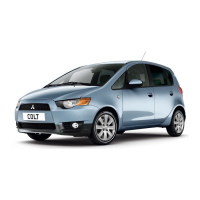
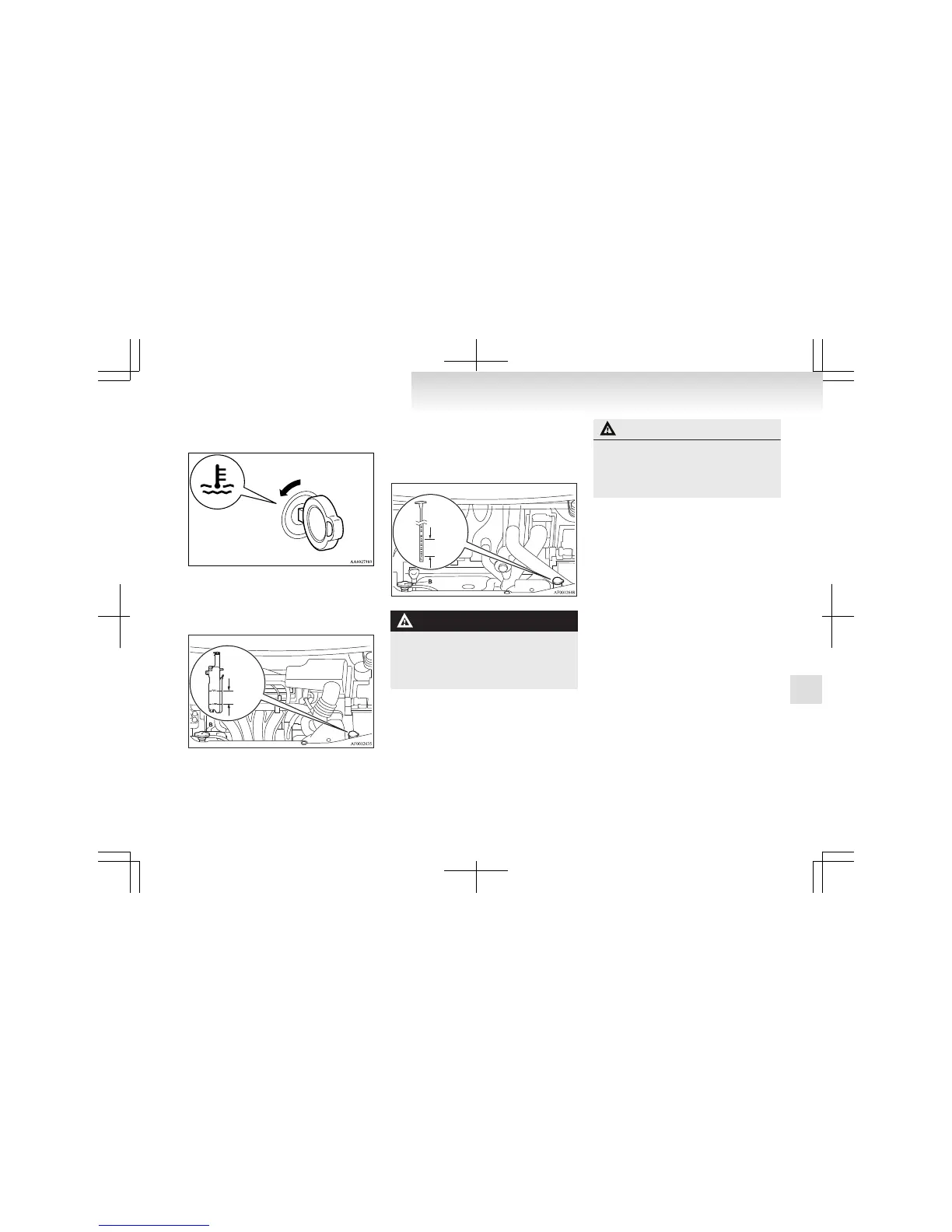